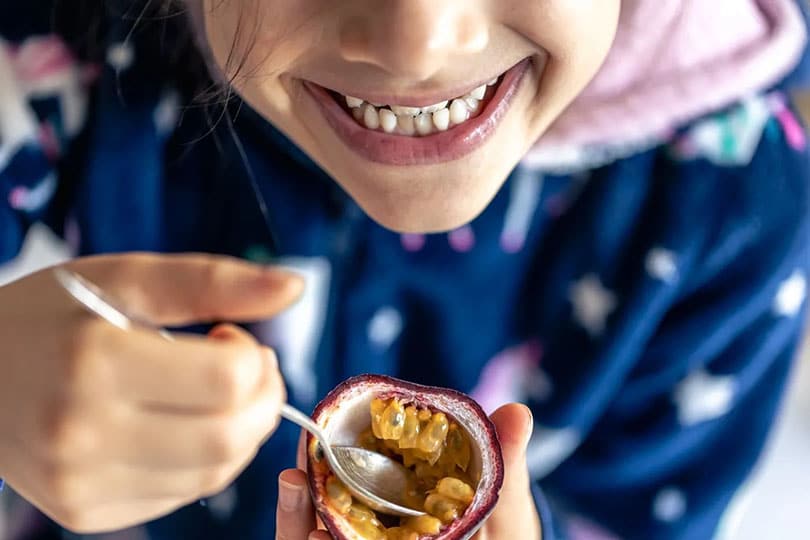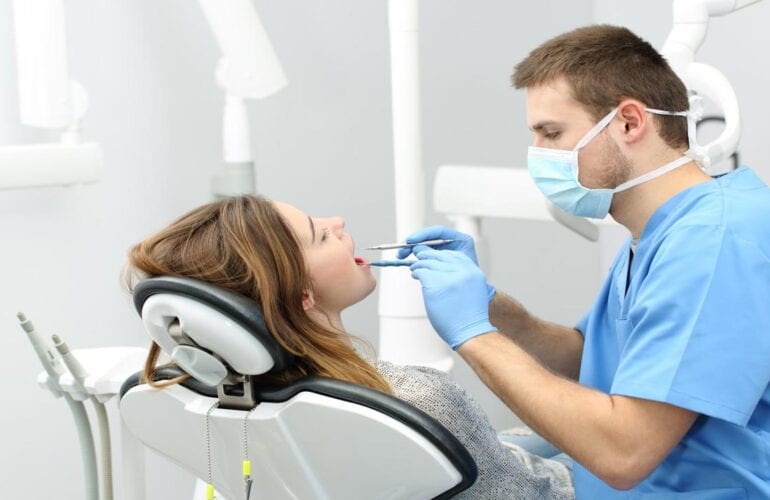Recovering from a tooth extraction requires careful attention to your diet and nutrition. This ensures optimal healing and recovery. Choosing the right soft foods protects the surgical site and provides essential nutrients needed during recovery. Knowing which foods to eat and avoid can make the difference between a smooth recovery and potential complications.
Table of Contents
Why Eating Soft Foods Aids the Healing Process
Eating soft foods is not just about comfort; it’s also about convenience. Minimizing chewing and avoiding hard foods can help prevent complications, such as dry socket. Dry socket is a painful condition that occurs when the clot becomes dislodged. By choosing gentle, soft-textured foods, you support healing tissues and promote recovery without disturbing this delicate process.
Soft foods deliver the vitamins, minerals, and proteins your body needs to recover, while preventing irritation. Select nutrient-dense options that encourage healing without affecting the extraction site.
Comprehensive List of Soft Foods for Smooth Recovery
Start your recovery with protein-rich and vitamin-packed foods such as Greek yogurt. It provides calcium and probiotics, which support gut and dental health. Mashed avocado offers healthy fats and fiber. Soft tofu gives plant-based protein. Sweet potatoes are rich in beta-carotene and vitamin A, both of which are essential for tissue repair. Egg salad offers complete proteins. Rice pudding combines carbohydrates and dairy nutrients for steady energy. Soft bread without crust, cold cereal softened with milk, and cream of wheat provide carbohydrates that do not irritate your extraction site.
Warm, smooth soups are perfect for post-extraction recovery. Butternut squash soup is a rich source of vitamin A and potassium. Miso soup provides probiotics and easily digestible nutrients. Properly pureed lentil soup provides a rich source of protein and fiber. Tapioca pudding gives gentle carbohydrates. Refried beans offer protein and fiber. Mild tomato sauce can add flavor to other soft foods without causing irritation. Cottage cheese and soft cheeses, such as ricotta, provide protein and calcium. Soft fish, like salmon, offer omega-3 fatty acids that support healing.
Balance your meals with a mix of both sweet and savory options. Applesauce provides Vitamin C and fiber. Ice cream without crunchy mix-ins (avoid Rocky Road!) offers calcium and temporary numbing relief. Milkshakes provide nutrition and hydration. Remember to avoid using a straw, as it can dislodge the blood clot. Expand your options with fruit smoothies for vitamins, pureed vegetables for nutrients, and baby food for convenient, ready-to-eat soft meals.
Prioritize dairy products for their calcium and protein content. Incorporate soft fruits and vegetables for vitamins. Add protein powder to smoothies for an extra boost of nutrients- the goal is to make sure you’re meeting your macro and micro nutrient needs as much as possible.
Tips for Choosing the Right Foods for Recovery
Avoiding problematic foods is just as important as choosing the right ones. Crunchy foods, such as chips or nuts, can become lodged in the extraction site and cause irritation. Sticky foods, such as caramel, can irritate healing tissues. Chewy foods, such as tough meats, require excessive jaw movement. Spicy foods can irritate the surgical site. Acidic foods, such as citrus fruits and orange juice, may cause discomfort. Hot foods or drinks can dissolve the protective blood clot, causing complications. The best is to eat foods at room temperature to avoid irritation. Stick to a liquid diet for the first 24 hours if your oral surgeon recommends it. Gradually transition to a regular diet as healing progresses.
Consulting your oral surgeon for personalized dietary recommendations ensures the best possible outcome for your recovery. Following professional advice leads to smoother healing and helps you return to normal eating habits more quickly after dental surgery, which is our goal at Kakar Pediatric Dentistry!




